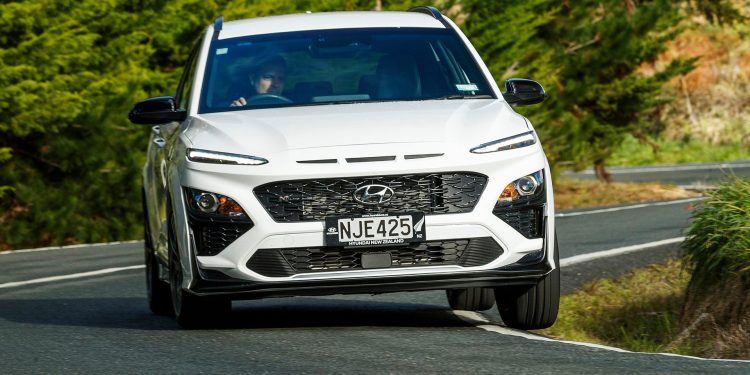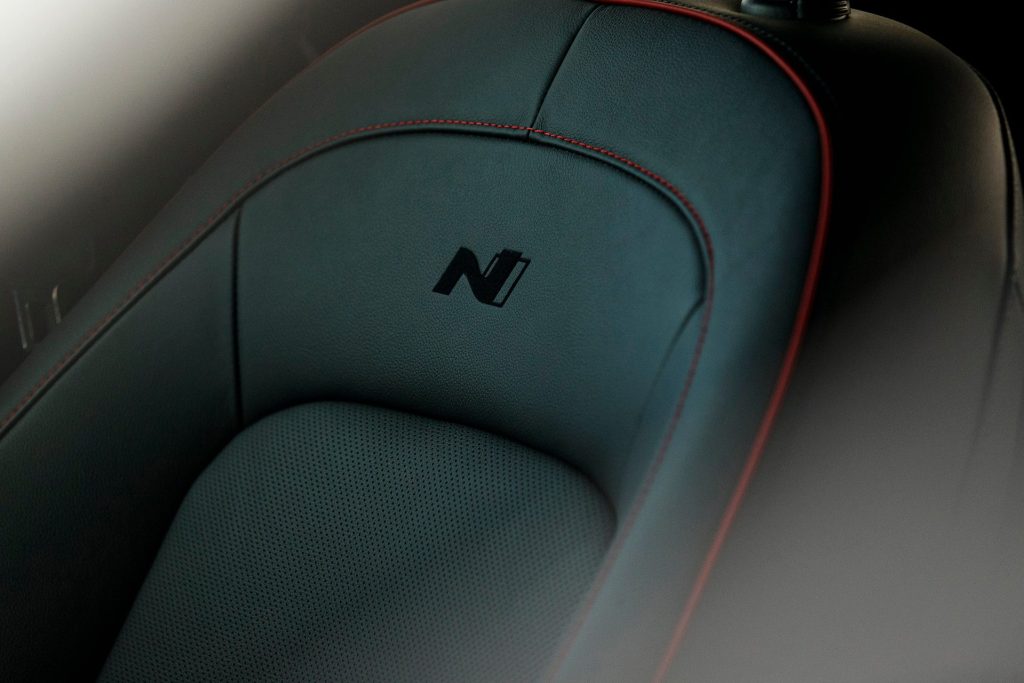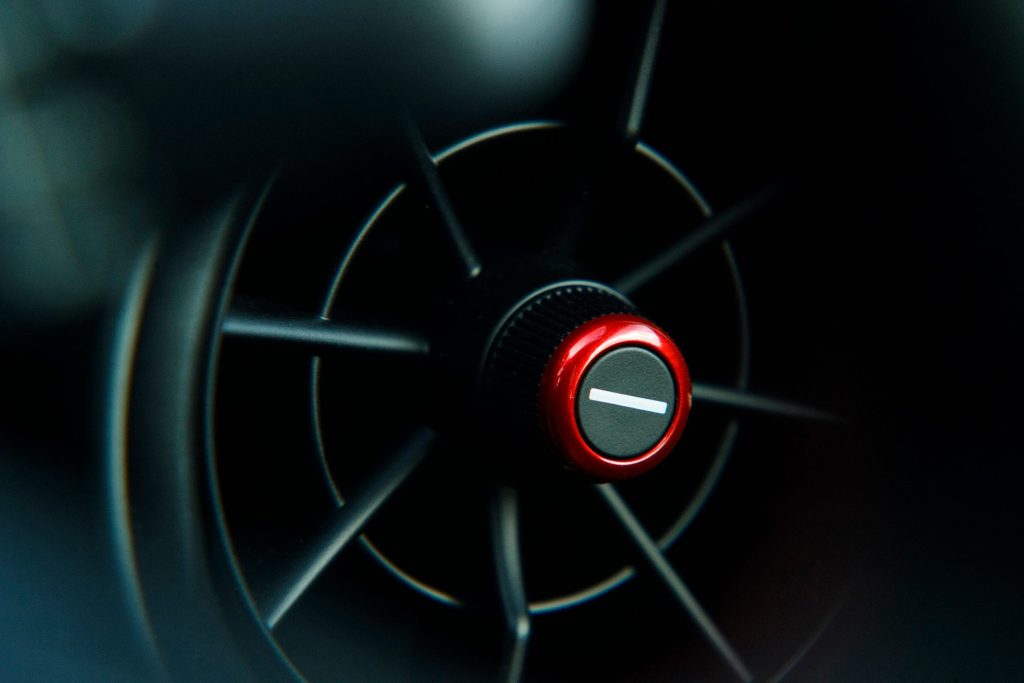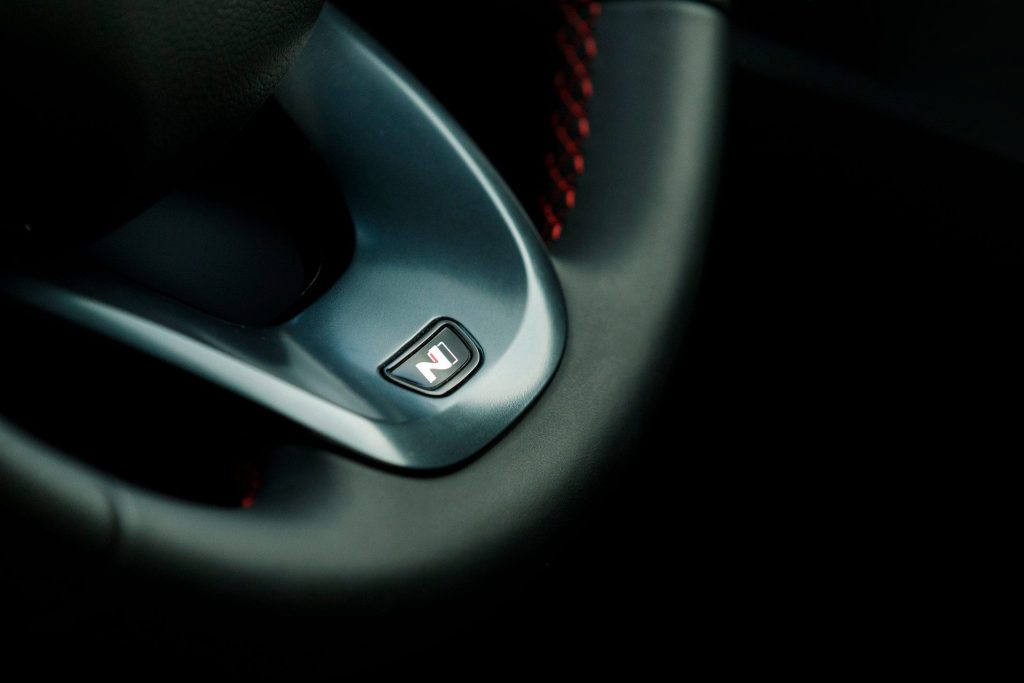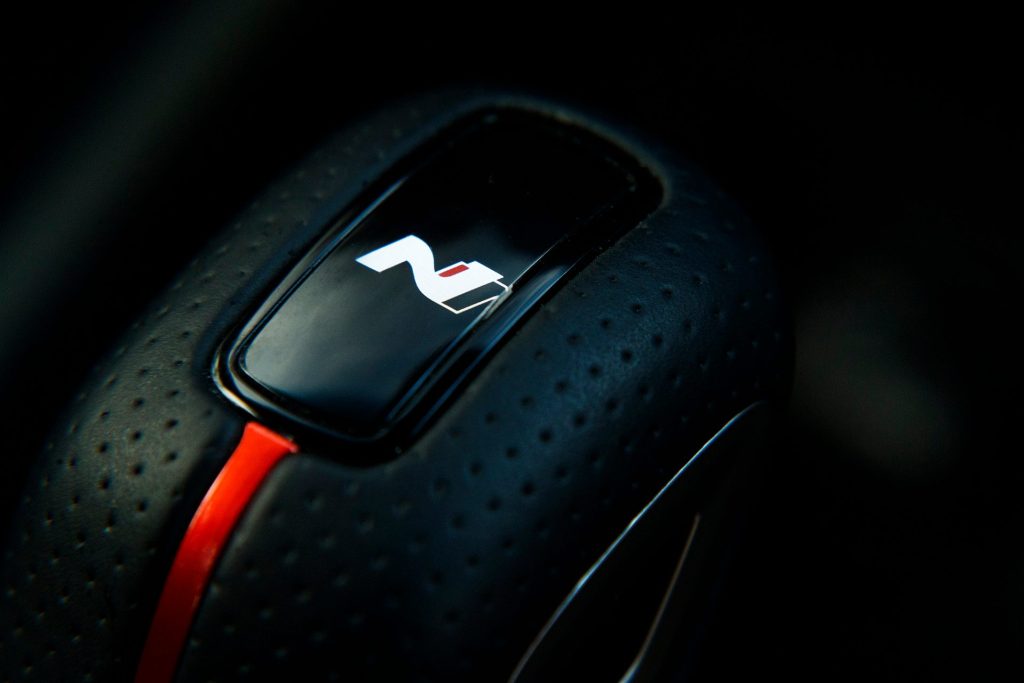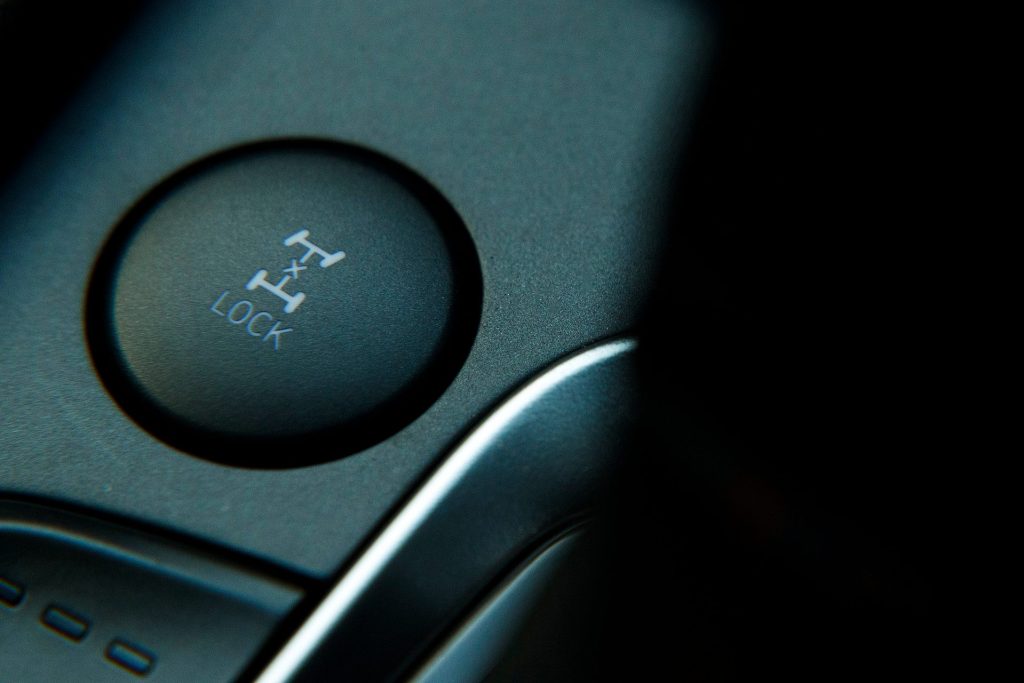2021 Hyundai Kona II N-Line review
Words: Kyle Cassidy | Photos: Tom Gasnier
Most of the interest in the Hyundai Kona recently has been from opposing ends of the spectrum.
The local distributor introduced a greater choice of electric Konas, reacting to the uptick in interest generated by the Clean Car rebate. This includes the 39kWh model, starting at $69,990. It has a stated WLTP range of 305km, somewhat shy of the 64kWh model’s 484km, but it is also $10k cheaper. We’d say that’s comfortably enough mileage for a city dweller; save the money and go on a holiday. Oh wait, we can’t even go to the movies at the moment. But one day, maybe.
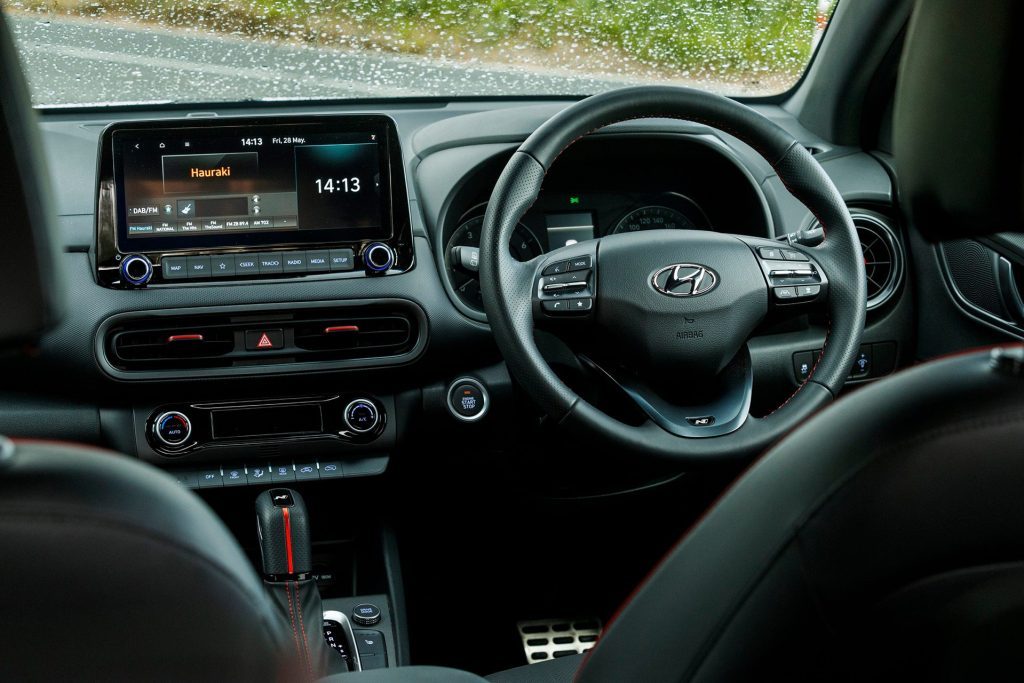
The other is the Kona N, which has debuted in some markets, and will be welcomed here given the market’s hankering for small SUVs and performance. And with 206kW, 392Nm, an eight-speed twin-clutch, 0-100km/h in 5.5sec, and something called N Grin Shift (to complement N Power Shift and N Track Sense Shift) it should be a bit of a goer.
But then, you might be thinking, I’m not going electric, it’ll just cause more power cuts. And while you dig the sporty look, the wait for the N and the likely price tag ain’t that appealing either.
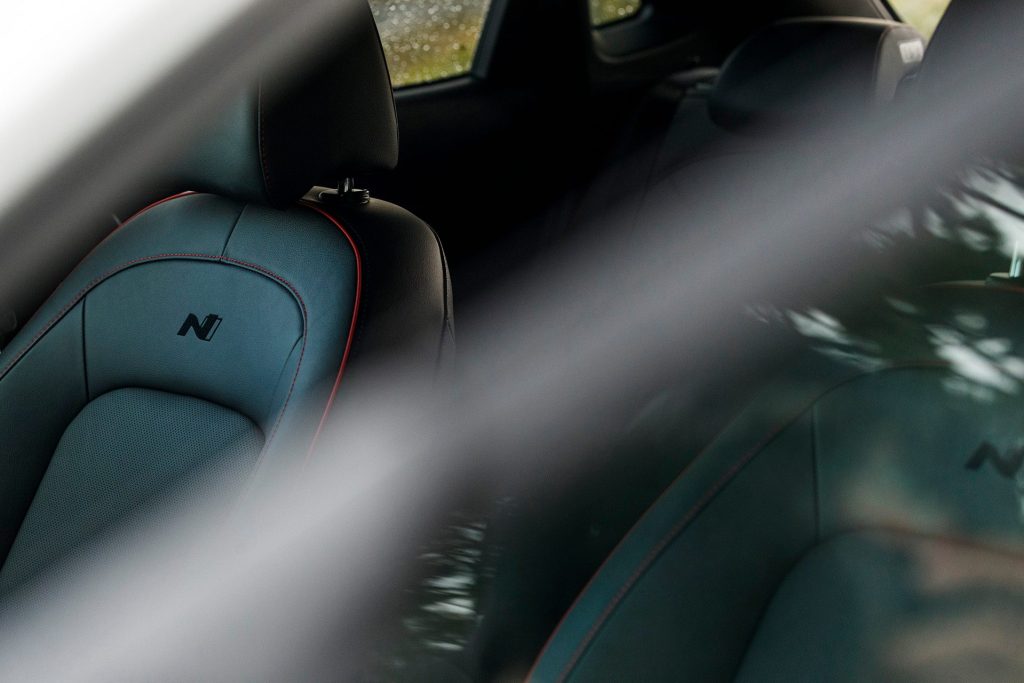
Well then, Hyundai also has the Kona N-Line, all the sporty looks without quite the go or such a steep asking price. It does have a few more berries than the regular old Kona 2.0, as the N-Line is motivated by a 1.6-litre turbocharged four. This has an extra 36kW and 85Nm over the 2.0, with the total summing up at 146kW, and the 265Nm is brewed from 1600-4500rpm. In place of a CVT you get a seven-speed twin-clutch and power can be sent to the rears when need be.
In spec terms, it lacks some of the fruit of the $44,990 2.0 Limited, and is more in line with the $39,990 2.0 Elite, yet asks $49,990. But you do get the driveline upgrade and a spunked up look both outside and in. It does appear quite different with its unique front and rear styling, and body-coloured arches and side sills. And there’s the N-accented interior.
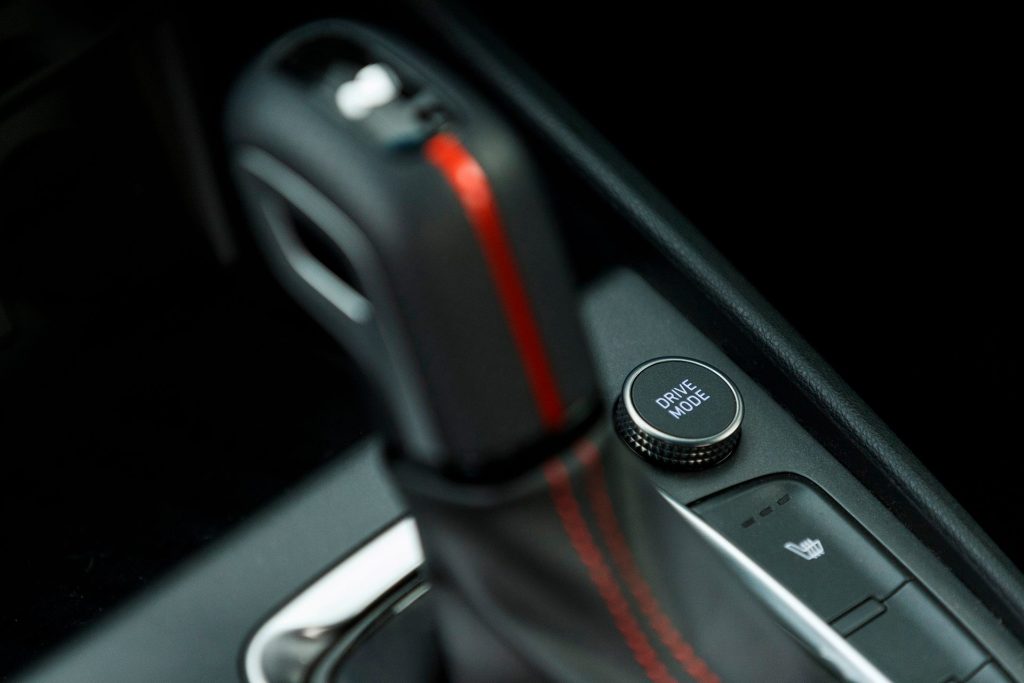
We thought we’d like this a bunch more than the 2.0 we sampled previously, yet it was a mixed bag. Yes, there’s more power to enjoy but it’s not quite as convincing as the numbers might suggest. The 1.6T doesn’t really feel happy until it’s churning above 1800rpm, then it’s good to go, and is strong in the midrange. And a twin-clutch is always preferable to a CVT, right? This seven-speeder isn’t the best example of a twin-clutch ever; it could do with a few more shifting smarts as the protocols frustrated at times. It’s a tad slurry on take up and there are times it’ll try to haul away in second gear from 1000rpm, but the engine really doesn’t want to know. And frustratingly, while the Smart setting for the drive modes works well in other Hyundais, it doesn’t do so well here, being too slow to make the switch between the settings. We ended up slotting the gear lever across to its S position which can be a help, enacting the gear shifts in a snappier manner.
As mentioned, the midrange is decent, just don’t expect hot hatch levels of oomph however; it’s more of a junior league contender. And it’s fairly typical of a turbo’d engine in the way it runs short of breath as the revs reach 6000rpm. It’s an okay performer and although it’s rated at 6.9L/100km (the 2.0 is a claimed 6.2), a real world average is something closer to 9L/100km.
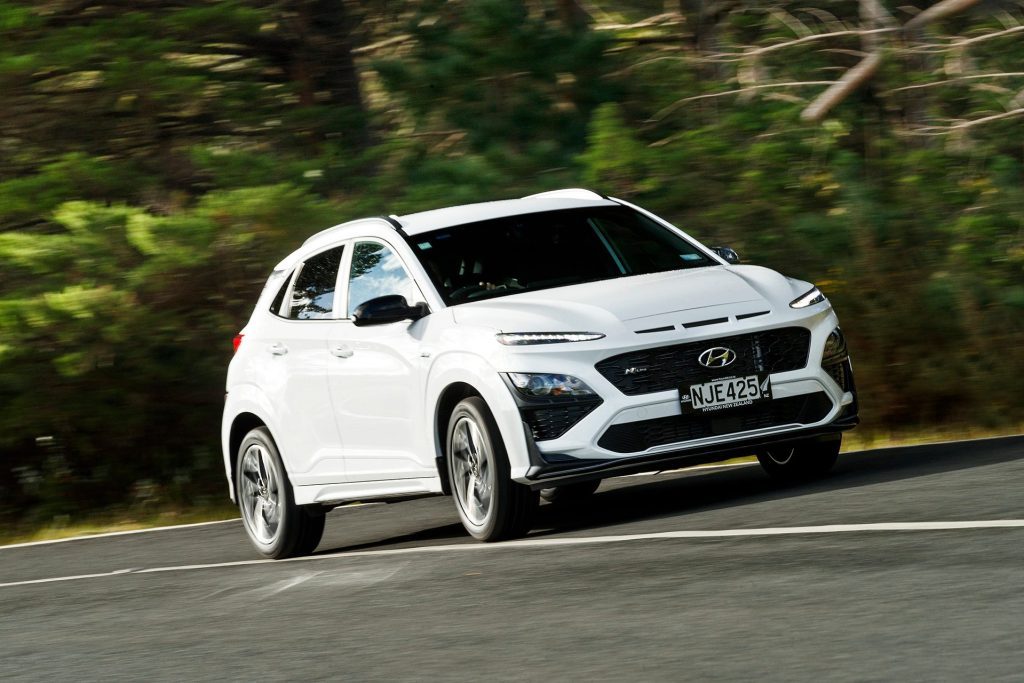
Despite the sports-tuned suspension, this rides nicer than the 2.0. It’s still on the firmish side, but it diffuses the bumps better. That’s in part due the AWD chassis enjoying a multilink set-up on the rear. Unfortunately, the tyre noise makes itself evident even at town speeds on coarse chip roads, and it gets worse as speed rises.
The N-Line is more competent on a winding, rural road than the 2.0 machine, the turn-in keener and the set-up does a better job of roll control, as well as diffusing the bumps.
We’re not sure which Kona to recommend. There were moments where we liked the N-Line but, on reflection and looking at the price tag, we’d probably settle for the $39,990 Elite, the N-line not really justifying its $10k extra.
| Model | Hyundai Kona II N-Line |
| Price | $49,990 |
| Engine | 1591cc, IL4, T, DI |
| Power | 146kW/265Nm |
| Drivetrain | 7-speed twin clutch, on demand AWD |
| Fuel Use | 6.9L/100km |
| C02 Output | 156g/km |
| Weight | 1350kg |


